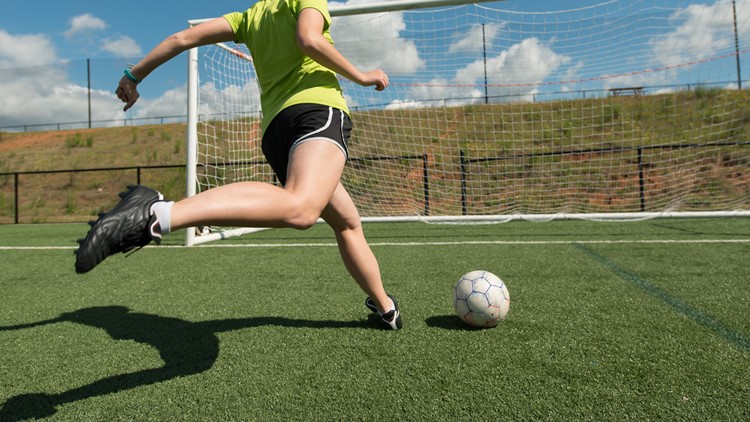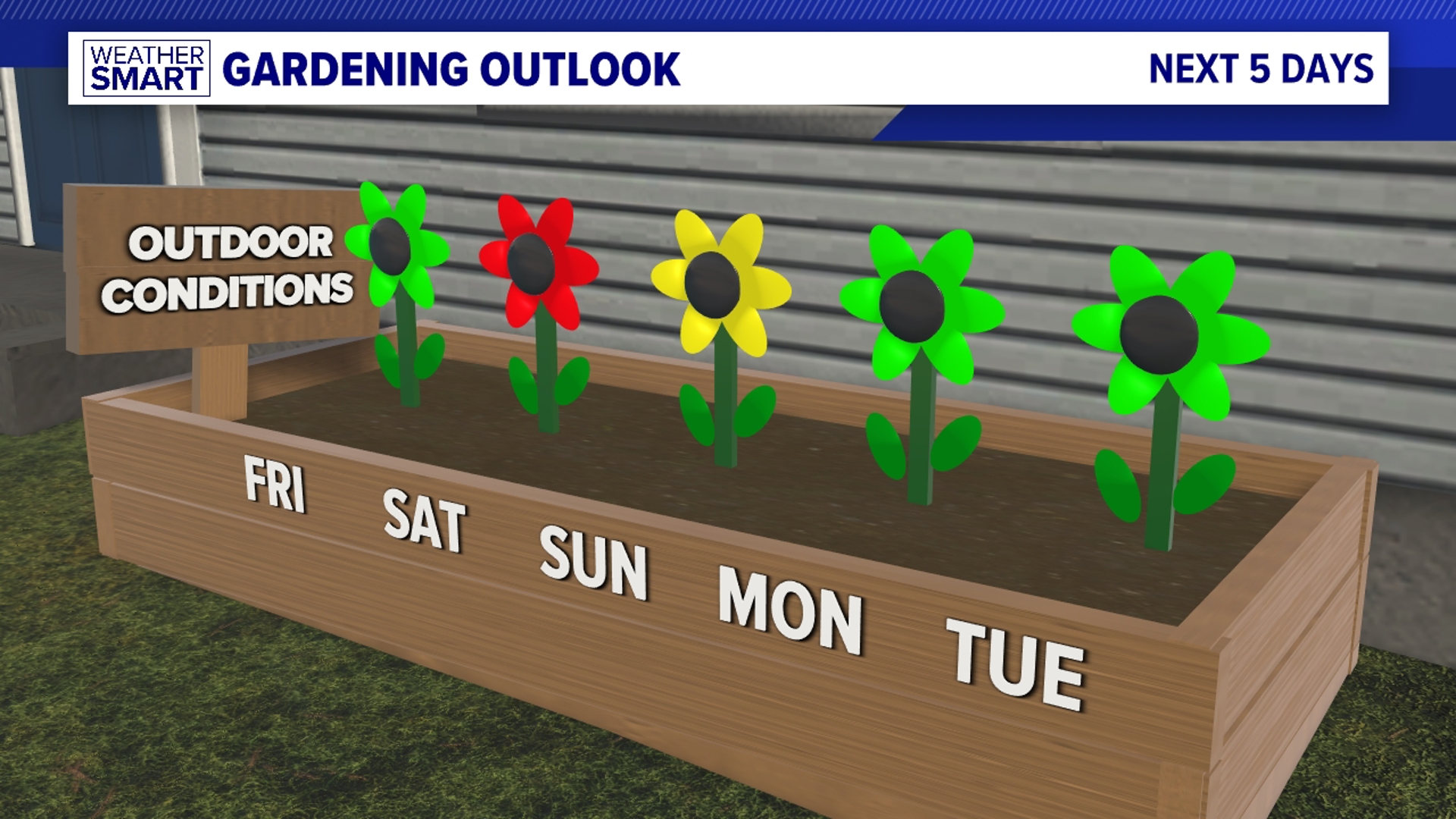WASHINGTON D.C., DC — Schools around the DMV made tough decisions this week about whether to cancel or move games and practices because of the heat.
In Frederick County, Maryland, for instance, some football practices have been rescheduled to start at 8 p.m. and last until 10 p.m.
A big factor administrators have to consider is the surface their athletes play on.
Our Verify team looked into how grass and turf react to the heat.
SOURCES
- National Recreation and Parks Association
- National Weather Service
- Penn State University’s Center for Sports Surface Research
- Research from the University of Georgia and Brigham Young University
WHAT WE FOUND
Artificial turf fields became popular after the Houston Astrodome opened to the public in 1965 as the first domed sports stadium.
According to Penn State’s Center for Sports Surface Research, researchers began noting in the 1970s that artificial grass gets hotter than natural grass.
The National Recreation and Parks Association says well-maintained grass fields rarely get above 100 degrees Fahrenheit at the surface because the grass can emit water vapor to stay cool. Artificial grass, however, can top out at 170 degrees.
Researchers at Brigham Young University tested two football fields that were right next to each other, one with natural grass and one with artificial grass. The surface of the artificial turf field got as much as 86 degrees hotter than the grass field on a summer day.
Researchers from the University of Georgia conducted a separate study in which they tested nearby grass and turf fields, as well as a hard-surface tennis court. But they measured four feet off the ground and measured wet bulb globe temperature instead of surface temperature. Wet bulb globe temperature also includes humidity, wind speed, cloud cover, and the angle of the sun, and is designed to measure the impact of the weather on the human body. The researchers found that all three surfaces had similar overall readings, though the different surfaces had different microclimates. The researchers noted the results of similar testing might be different in places with drier air than in Athens, Georgia.



